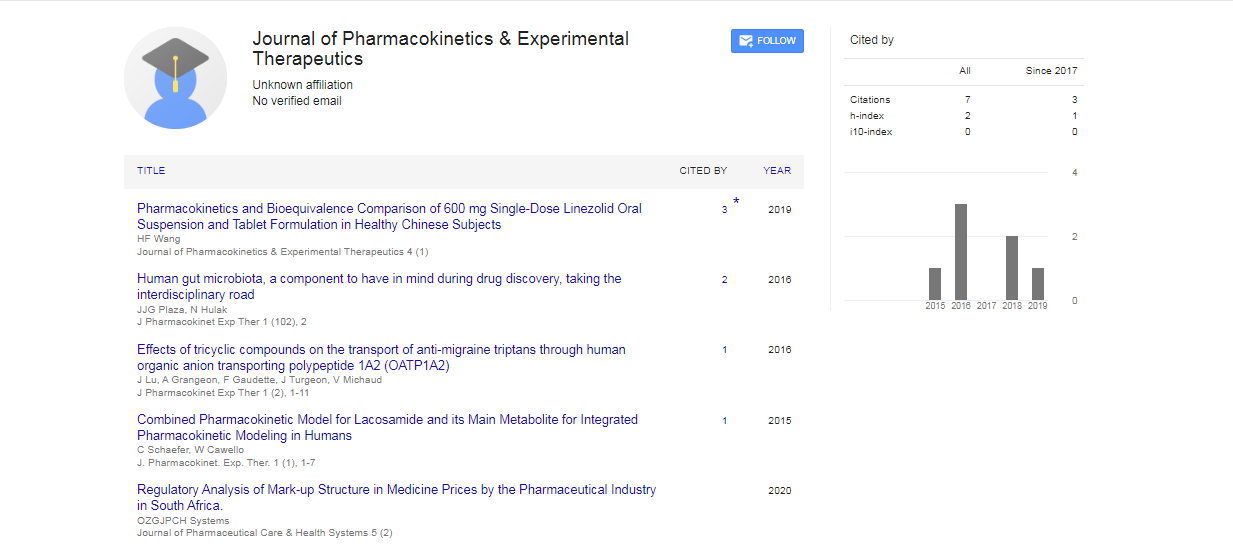Drug Combination Strategy: Pharmacokinetics and Drug-Drug Interaction Considerations in Diseased Patients
*Corresponding Author:
Copyright: © 2019 . This is an open-access article distributed under the terms of the Creative Commons Attribution License, which permits unrestricted use, distribution, and reproduction in any medium, provided the original author and source are credited.
Abstract
the supply of constant dose combinations (FDC) is still at the upward thrust on the grounds that they provide comfort and compliance for the sickness control. Given the involvement of polypharmacy inside the cutting-edge disease management for sure chronic illnesses, the development of more moderen FDC mixtures to advantage sufferers in a disease region is amply justified. A recent booklet in this critical subject matter lays out a method and framework for an unequivocal and impartial assessment of FDC product from a pharmacokinetic perspective. some key topics of debate on this paper includes the attributes that make a contribution for the dose choice of the character FDC drug additives and the key capabilities to determine the volume (or lack) of a pharmacokinetic drug-drug interaction among the 2 tablets in the FDC. The reason of this editorial is to provide a few perspectives at the altered changes in body structure in sickness sufferers which could probably have an influence at the pharmacokinetic disposition of medication which might be used inside the aggregate approach.

 Spanish
Spanish  Chinese
Chinese  Russian
Russian  German
German  French
French  Japanese
Japanese  Portuguese
Portuguese  Hindi
Hindi 
